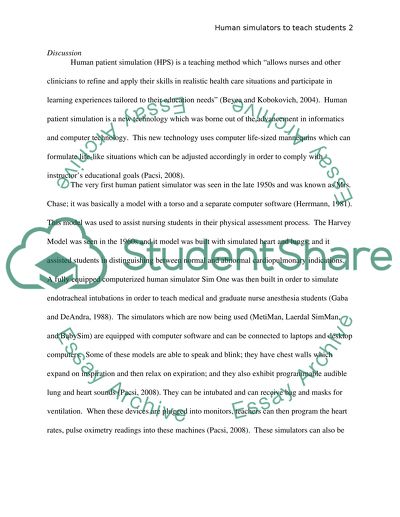Cite this document
(“HUMAN SIMULATORS TO TEACH STUDENTS AND RNs Research Paper”, n.d.)
Retrieved from https://studentshare.org/family-consumer-science/1413290-human-simulators-to-teach-students-and-rns
Retrieved from https://studentshare.org/family-consumer-science/1413290-human-simulators-to-teach-students-and-rns
(HUMAN SIMULATORS TO TEACH STUDENTS AND RNs Research Paper)
https://studentshare.org/family-consumer-science/1413290-human-simulators-to-teach-students-and-rns.
https://studentshare.org/family-consumer-science/1413290-human-simulators-to-teach-students-and-rns.
“HUMAN SIMULATORS TO TEACH STUDENTS AND RNs Research Paper”, n.d. https://studentshare.org/family-consumer-science/1413290-human-simulators-to-teach-students-and-rns.


